
Among the old forests
Sabah’s Kota Kinabalu Airport is located next to the East Malaysian Gulf. From here, I began my journey through the “natural resort city” with its vast green forests.
Kota Kinabalu's unique terrain stretches from the sea, across the hillsides to the highlands and finally to the highest mountain in Southeast Asia... making every step of the traveler in this city a full experience of range and color.
Starting with a gentle walk of about 2km in Kinabalu Park National Park - one of the world heritage sites recognized by UNESCO, I felt lost among the moss-covered paths.
The pristine vegetation weaves its way underground, intertwining perfectly to create the enchanting beauty of the primeval forest. Occasionally, the path is crossed by a stream, a tiny, clear underground stream that slows down the pace of movement.
Less than 500m from the edge of the forest, the sound of the wind rustling through the ancient treetops, the sound of the stream, the echoing sounds of birds and wild animals immerse visitors in the breath of the forest.
One thing that is special about Kinabalu Park is the way Malaysians respect nature. From the area marked as the forest boundary, my group and I walked a long arc but did not encounter any trace of concrete structures. The bridge over the stream was made of wood.
Pavers to facilitate movement through the swampy areas are also made from forest materials. Occasionally, fallen tree trunks are left intact, creating a new landscape and ecosystem in accordance with the natural development cycle.

That was me just strolling in the lightest sightseeing tour in Kinabalu Park. Malaysians also make this place famous to many tourists on the journey to conquer the highest peak of Mount Kinabalu in Southeast Asia - a place of majestic beauty and wild nature.
Still within the Kinabalu Park grounds, the next destination was the Poring hot springs area not far away. I was once again surprised by the way Malaysians channel natural hot water to the hot springs area, just enough to exploit tourism but not interfere with the cycle of the wilderness.
From the mineral bath area of only a few thousand square meters, we entered the butterfly garden, walked across the suspension bridge in the middle of the typical forest to find the world's largest flower, Rafflesia...
With 60 - 70% of the land area covered by forests, of which more than 10% is primary forest, it is not difficult to understand why Malaysians cherish and value forests so much. And it is this respect that has created the miraculous vitality of the "heart" of Malaysia.
Cultural breath - identity story
Also amidst the forests of Kota Kinabalu, the Mari-Mari cultural village was mysteriously built, perfectly recreating the lives of four ancient Malaysian tribes.

Separated from urban space and daily life, the way of embellishing the space to experience and perform ancient Malaysian culture truly conquers visitors with its naturalness, authenticity, and lack of force.
There are 6 traditional houses built from basic materials: bamboo, wood, leaves... with maximum similarity to the life of many previous years. The wild primeval forest space brings amazing harmony. Visitors seem to get lost and find an ancient village, instead of the cultural feeling brought to visitors.
The crudely built stalls invite visitors to enjoy traditional specialties, or drink a glass of wine, taste honey... with unique tools and methods, no different from the experience of setting foot in the world of ancient Malaysians.
Although we still use some basic electrical equipment such as lights, speakers, fans, and musical instruments, it is almost difficult for me and the other tourists in the group to find anything special in this unique cultural experience in the middle of the forest.
During my 5-day trip to Malaysia, I always felt comfortable in every place I visited. Due to the low population density, the route from the center of Kota to the top of Mount Kinabalu stopped at many rest stops. At each place, there will be a traditional market selling local food, fruits, and souvenirs.
There is no haggling or shouting in Malaysian markets. They have a lot of souvenirs that are delicately and firmly made: key chains, musical instruments, animal statues, handmade bags…
Each item has a price listed outside, often with large or small differences depending on the seller, even between stalls in the same area. Visitors can freely negotiate the desired price. The sellers make every effort to communicate in basic English. But if they do not agree, they are still happy to shake their heads and visitors can comfortably leave.
Notably, outside each market there is often a spontaneous music stall, where a group of two or more people play a traditional percussion instrument called a gong or a bamboo flute called a sompoton.
The artists will sing Bambarayon - one of the folk songs of Malaysia's largest ethnic group - Kadazandusun or the Sayang Kinabalu song about their pride in the region's highest peak.
Music and cultural performances are often found in large restaurants serving a large number of tourists in Malaysia, on cruise ships welcoming the sunset in the Gulf of Thailand... These highlights have created a brilliant impression of Malaysia for every tourist who has ever set foot there.
Source: https://baoquangnam.vn/hanh-trinh-da-sac-giua-trai-tim-cua-sabah-3152245.html




![[Photo] Looking back at the impressive moments of the Vietnamese rescue team in Myanmar](https://vstatic.vietnam.vn/vietnam/resource/IMAGE/2025/4/11/5623ca902a934e19b604c718265249d0)

![[Photo] "Beauties" participate in the parade rehearsal at Bien Hoa airport](https://vstatic.vietnam.vn/vietnam/resource/IMAGE/2025/4/11/155502af3384431e918de0e2e585d13a)

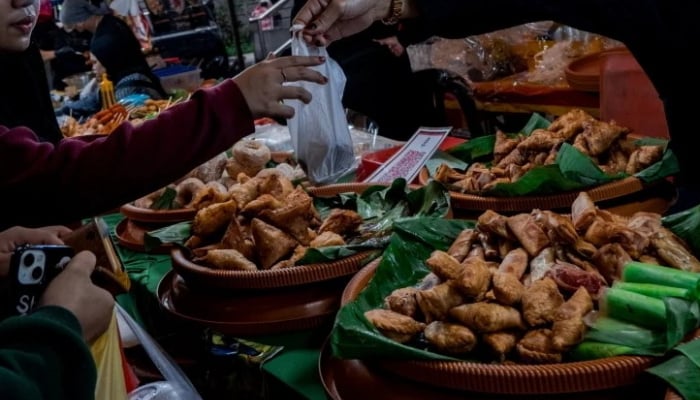

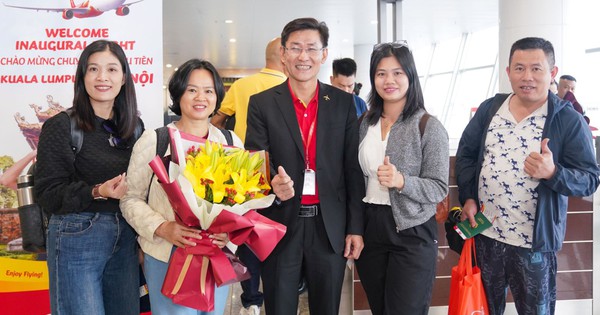







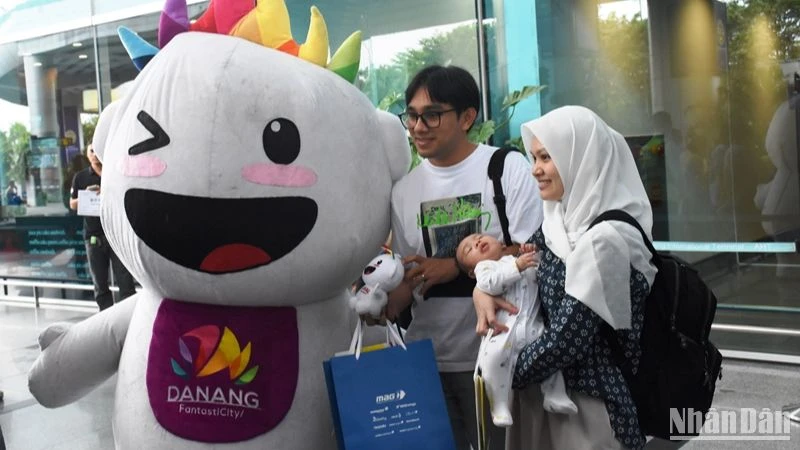
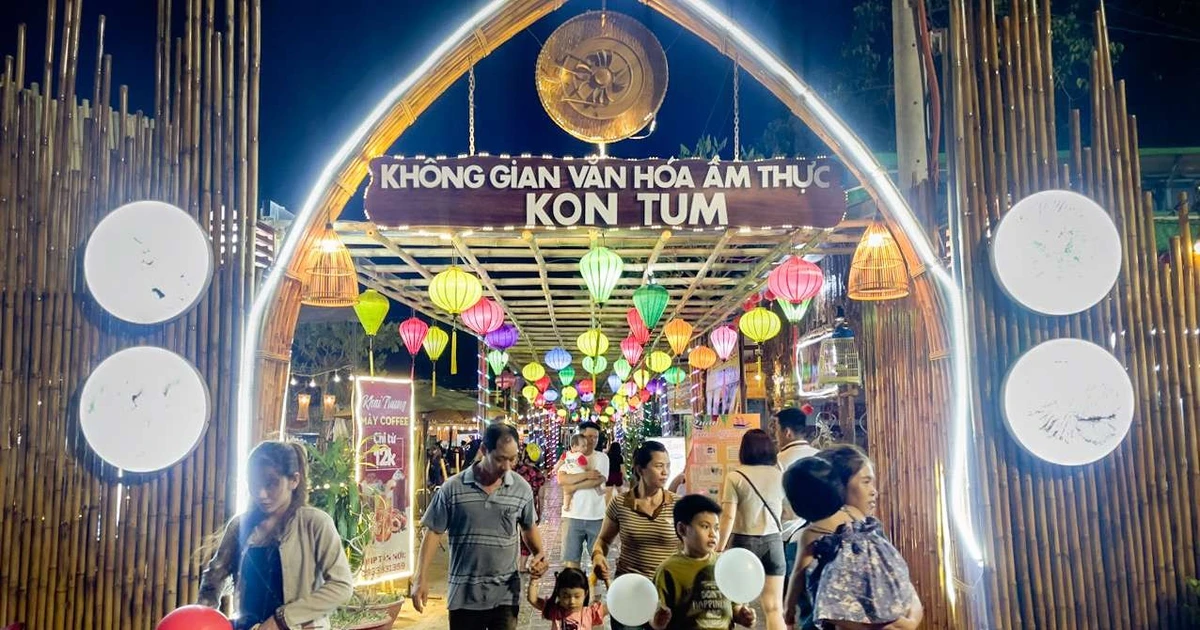


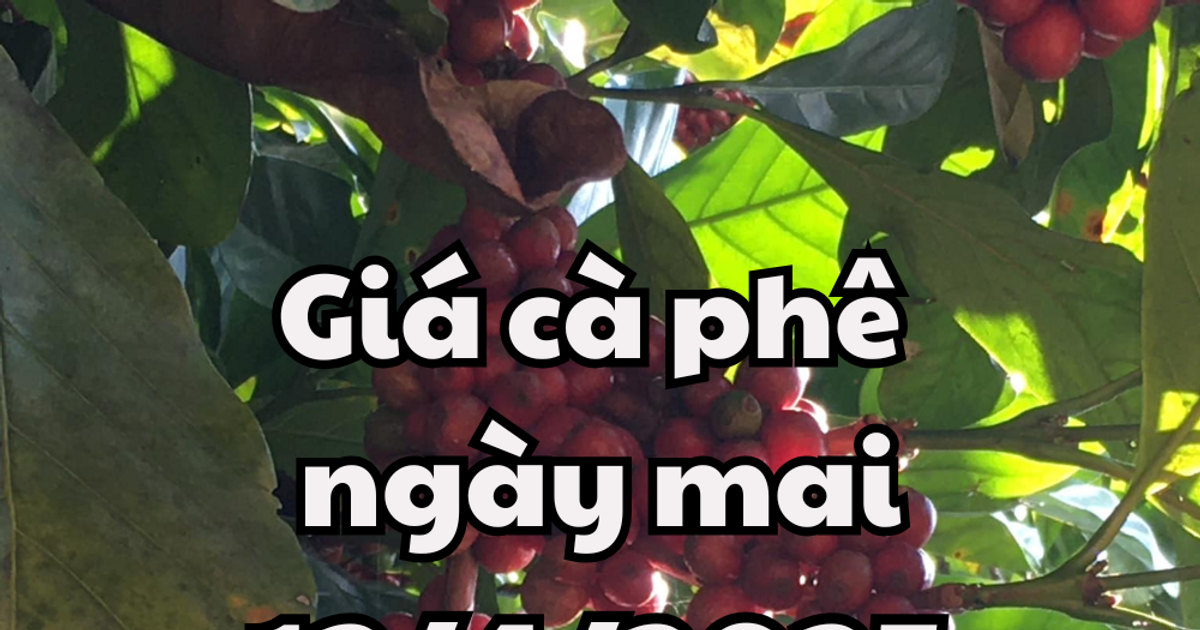
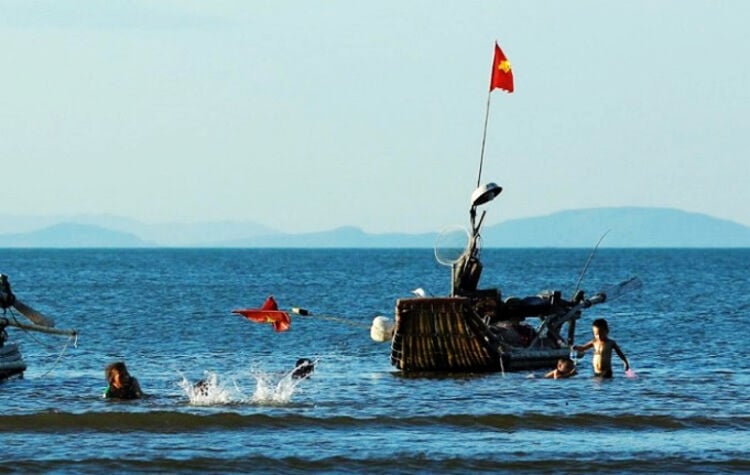




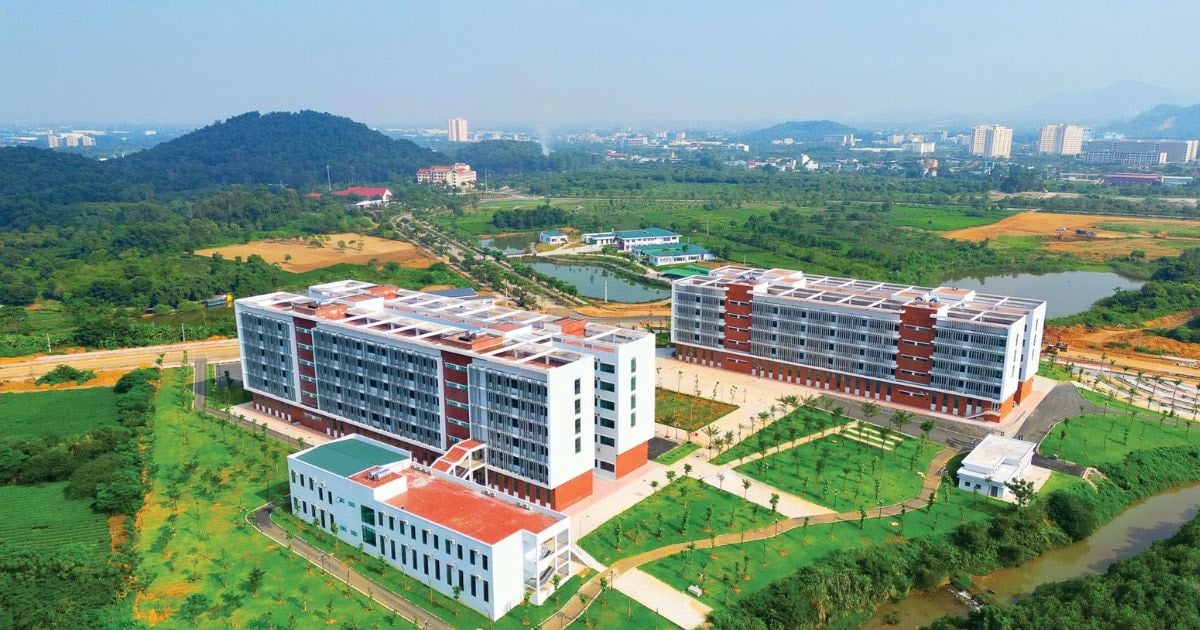

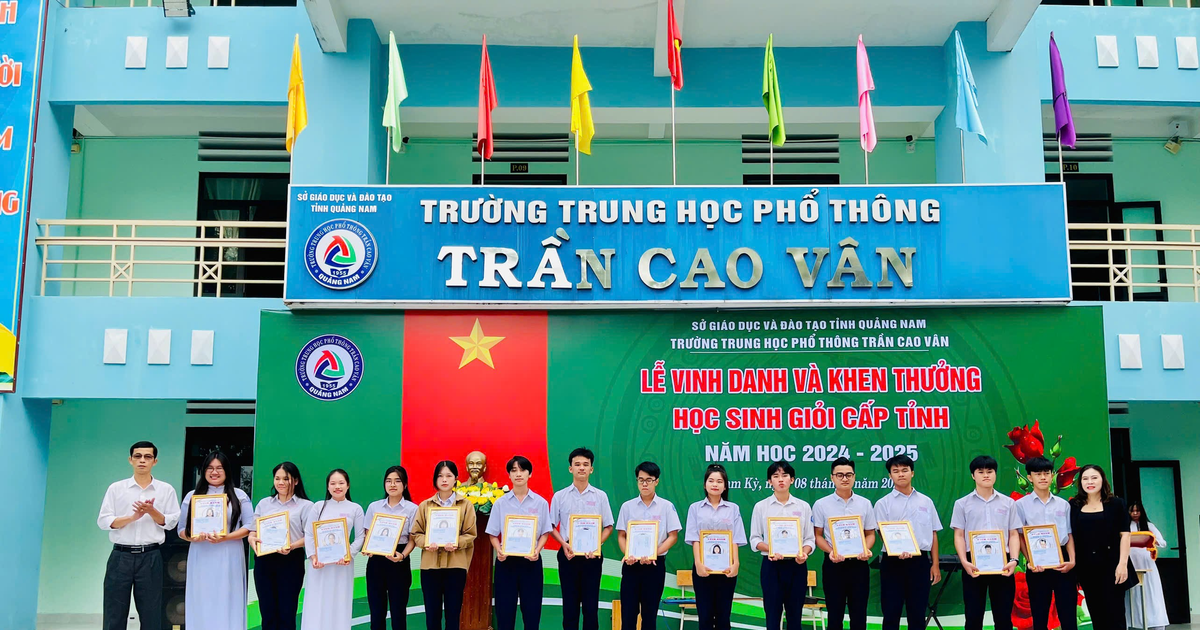



![[Photo] Summary of parade practice in preparation for the April 30th celebration](https://vstatic.vietnam.vn/vietnam/resource/IMAGE/2025/4/11/78cfee0f2cc045b387ff1a4362b5950f)










































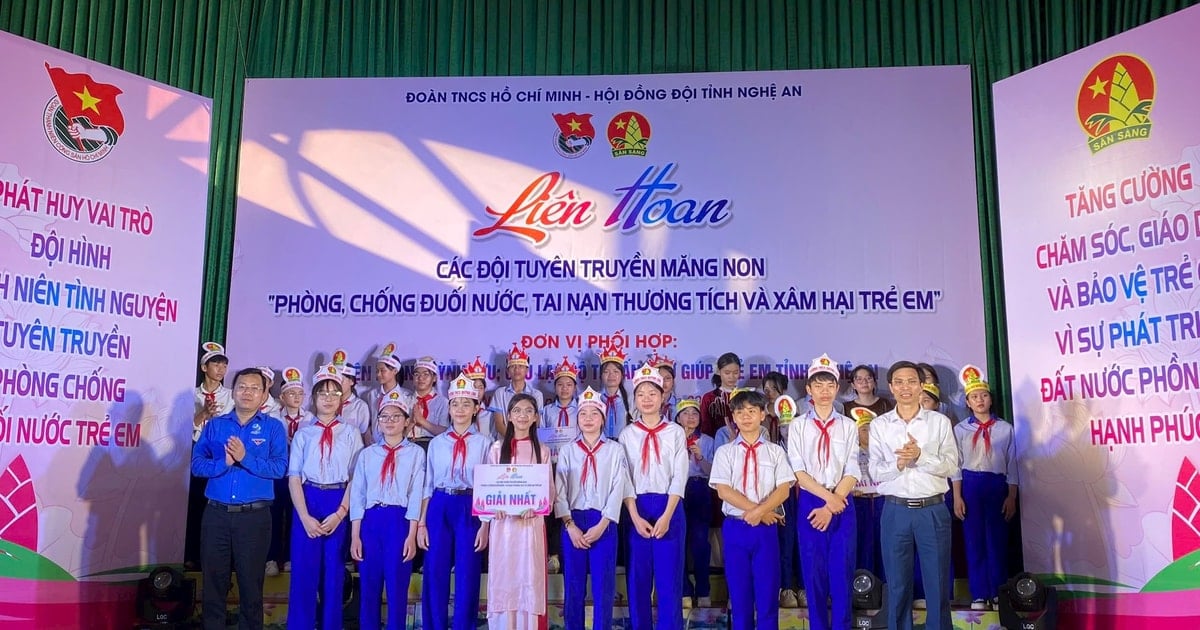

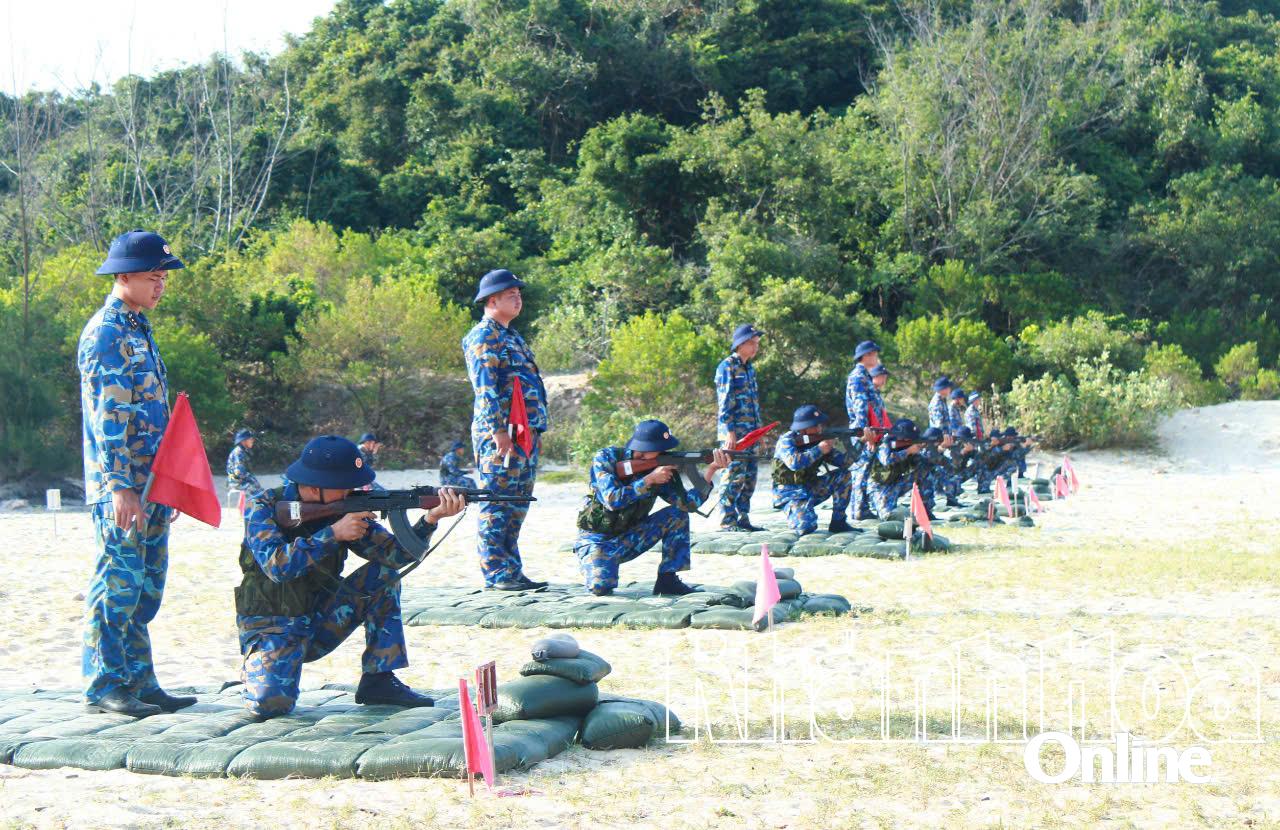














Comment (0)